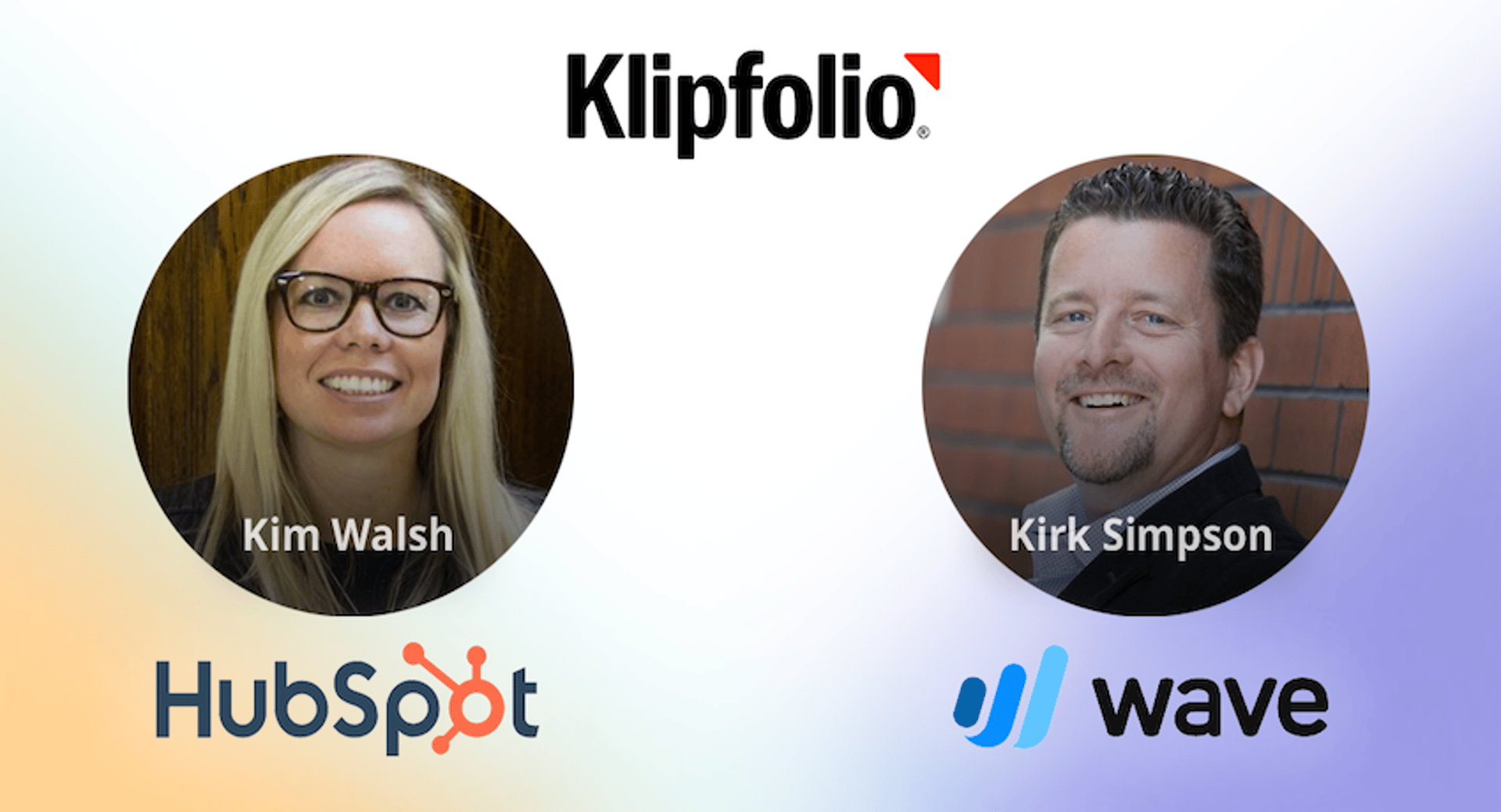Why it's so hard to choose independent board members – and why it's important to get it right

Published 2023-06-20
Summary - The Board of Directors plays a crucial role. Appointing independent board members can be difficult, but it's also incredibly important to get it right.
This month, Klipfolio is adding two new members to its board of directors.
I’m very excited that Kim Walsh, the Global Vice-President of HubSpot, and Kirk Simpson, the CEO of Wave Financial, have agreed to sign on. Their experience will be invaluable in shaping our growth as our next-generation business intelligence platform, PowerMetrics, comes to the fore.
We’d been looking for some time to add two independent members to our board.
In this post, I want to talk about how we came to choose these two individuals, and why the addition of new board members – in particular independent board members – is important.
About our board
Klipfolio has had a board of directors for several years, and its size and composition have shifted over time. The board plays a crucial role in advising the CEO, helping me understand and deal with the ever-changing set of challenges a growing company faces and ultimately holding me accountable for how I lead and grow the company.
Until recently, in addition to me, there were two other members on our board, each representing major investors: Ron Warburton, of BDC’s IT Venture Fund, and Damien Steel of OMERS Ventures.
Our bylaws allow us to add two more board members, and those are the seats we have just now filled.
What is special about these two seats is that they are held by independents.
The value of independence
The board’s composition is of critical importance.
At a very general level, all board members have a duty to act in the best interest of the company. That includes the shareholders, the executive team and, in a very broad and holistic way, the employees. There is also an ethical component to the job in addition to a financial one.
Every board member comes with a perspective. That perspective colours the way they approach their duties.
As CEO and executive director, my perspective is very much that of someone balancing the need to manage daily operations while keeping an eye on the future. The challenge for someone in my position is to be able to see the big picture, and to keep from getting caught in the weeds.
Rob Warburton and Damien Steel naturally have the perspective of investors. While they have the company’s best interests at heart, they must also be mindful of the capital the groups they represent have invested in the company. That means that they must have the wisdom to recognize (and clearly state during the course of a meeting) if an idea, policy or proposal that’s in the best interests of the investors is not necessarily a solution that’s best for the company as a whole.
Independent board members should bring to the table a perspective that is what I call ‘pure.’ Unlike the CEO, they are not going to get caught up in day-to-day administrative matters. This should free them up to see the big picture. And unlike the investors, they don’t have a financial stake in the company, which means they can look more broadly at value creation in general.
The challenge for us was to find the right people.
It’s not an easy task, because with board members it’s not just about the CV or work experience; it’s also about values and personal chemistry and fit. Board members work closely together, and the board will spin its wheels if its members work at cross-purposes. For that reason, and to forge a good working relationship, respect is a key factor in the success of a board.
The experience we wanted the new board members to have
In addition to their perspective, board members bring experience tied to their areas of expertise.
The investor members, for example, know about financing, good process and structure, and can draw on knowledge gathered from how other companies in their portfolio work.
We were looking for independent board members who could bring operational experience to the table.
Their experience of running a firm built on a recurring-revenue SaaS model (like Klipfolio) is something the CEO can tap into.
Klipfolio has always been passionate about helping small and mid-sized businesses succeed with data. We understand the world of small and mid-sized businesses, and we wanted the new board members to know that space as well.
We have always been hugely excited about the possibilities of data, and we are even more so today.
It’s not just about the data one single business collects and uses to chart its future, but about giving even the smallest of businesses access to business intelligence - things like relevant benchmarks, insights, correlations and predictions - that otherwise would be way beyond their reach.
Data – and lots of it – excites us, and we wanted the new board members to be excited by that volume-based vision too!
Kim Walsh and Kirk Simpson both come from businesses which, like ours, are based on the SaaS recurring revenue model and which operate in the small and mid-sized business space.
They are both tech people, which helps with the fit. And they both happen to be Canadian as well.
Finding people with shared values and a similar vision of workplace culture
As I said higher up, for a board to work, its members have to know and trust each other. There cannot be a perception that one person or group controls things, or that one group is aligned against another. It’s all about finding the sweet spot in which synergy, respect and perspectives are all in balance.
That happens most easily when there is a cultural fit.
There are certain things we believe in – for example, the importance of diversity, and working with our employees in a collaborative and respectful manner so that they are empowered to be the best they can be – and board members have to share those values.
So the values of prospective board members informed our search.
How we did it
Was it difficult to find two people with the right fit? People who were aligned with us about data, and SMBs, and the SaaS model, and values?
Yes.
We were actively looking for over six months.
Our search was framed by rules we have in place in the company. In our case, everyone has to be in agreement: myself, the existing board members, as well as Peter Matthews, our CXO and co-founder.
- First, we agreed upon the high-level criteria (experience with the SaaS model, a focus on small and mid-sized businesses, marketing and modern go-to-market experience).
- We worked internally to create a long list of potential candidates, based on my network, the network or our executive team, and that of the two existing board members.
- We also worked with The Boardlist, a very valuable resource for finding high-calibre female candidates.
- Based on these lists, we started reaching out.
- Of those who got back to us, some declined, some had conflicts, and some were not a fit.
- I spoke at length to those who were a fit, really getting them into the business, its vision and its challenges.
- If there was mutual interest in proceeding, they then met with the executive team to better understand the DNA of the company.
- And as a final step, one of the existing board members met with them as well.
- If that all passed, then we were on to the formalities of appointing them to the board.
When you find the right people, you ‘just know.’ It feels right immediately. That was the case with Kirk and Kim. They both checked all the right boxes on paper. But we knew they were the right fit after my team and I spent time with them. We knew it in the way their experience and passion came through when we were sharing our vision and our challenges. They were able to relate and help - they had been there, and our discussions were very real.
One of the things that told us Kirk Simpson was a good fit, for example, was that he agreed to sit on the board on the express condition that it not be an all-male group. That was the demonstration that he shared our values about inclusivity and diversity.
I feel confident the new board members will give me hard-hitting advice and guidance that will be good for myself and for the company.
We’re at an exciting time at Klipfolio. We have just launched our next generation business intelligence platform. We have the employees, we have the team. We feel the new board will help us grow aggressively and execute on our new vision. A vision that reflects our ongoing commitment to helping businesses succeed with data.
Allan Wille is a co-founder of Klipfolio and its Chief Executive Officer. He’s also a designer, a cyclist, a father and a resolute optimist.

